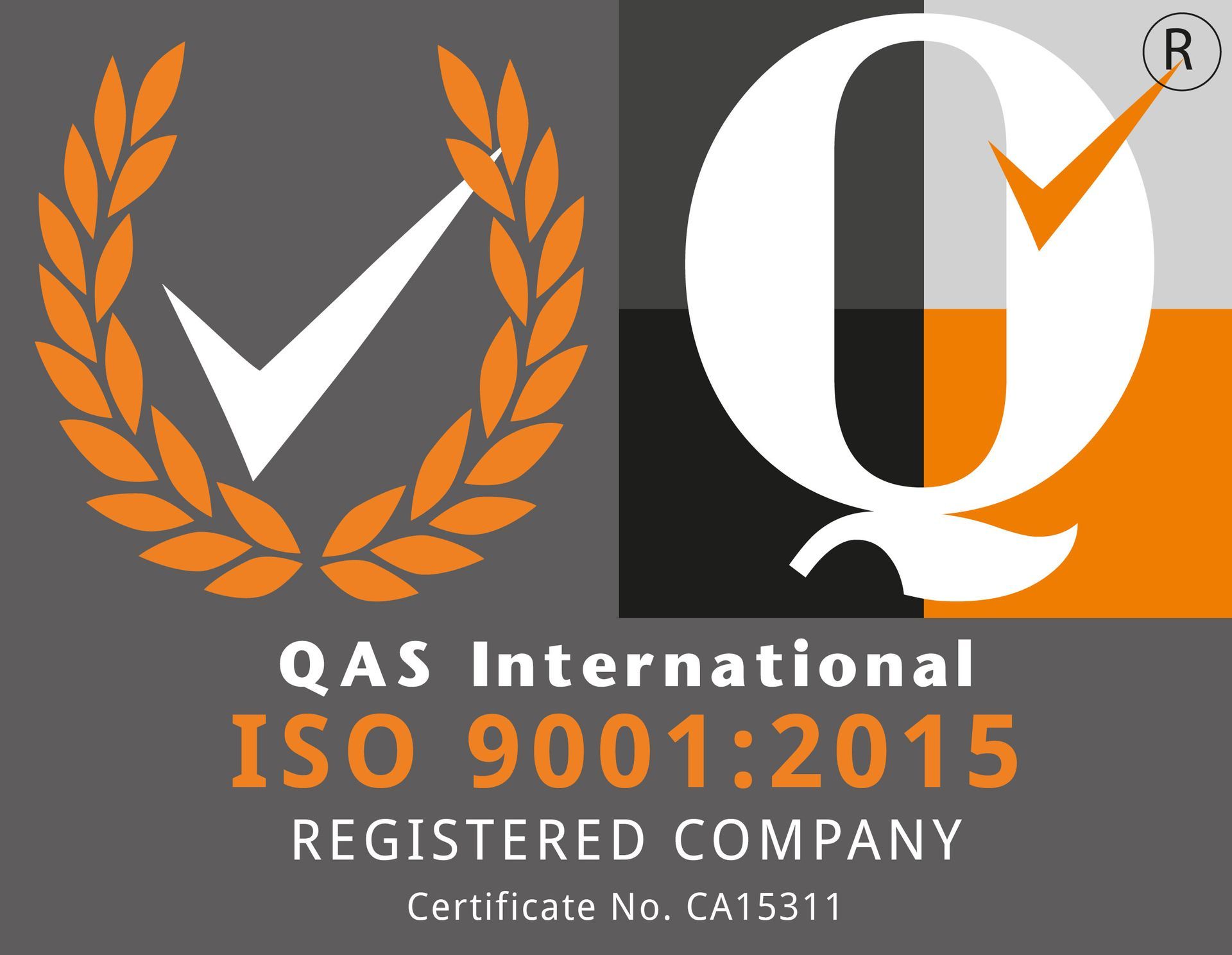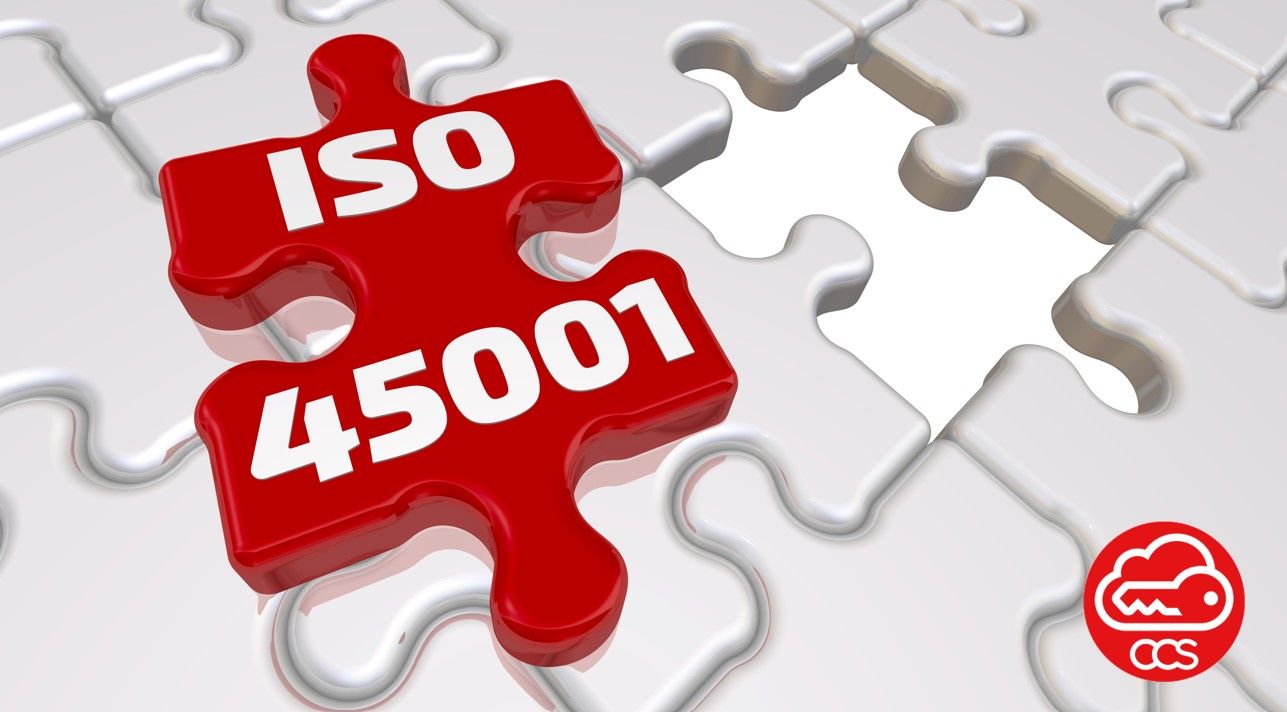Safety First, Shenanigans Second:
ISO 45001 and the Art of Workplace Protection
In the ever-evolving landscape of business and industry, ensuring the safety and well-being of employees is a top priority. Safety isn't merely a legal requirement but a moral obligation that organizations owe to their workforce. Enter ISO 45001, the globally recognized standard for Occupational Health and Safety Management Systems (OH&S).
In this Podcast, we'll delve into ISO 45001 and explore how it empowers organizations to put "Safety First" and shenanigans second, creating a culture of workplace protection.
The Importance of Workplace Safety
Workplace safety isn't just a legal formality; it's a fundamental necessity. Every day, employees across the world step into their workplaces, trusting that their employers have taken the necessary steps to protect them from harm. Ensuring their safety is not only ethically responsible but also a smart business strategy. Workplace accidents and incidents can result in financial losses, damage to reputation, and even legal liabilities.
ISO 45001: The Safety Standard
ISO 45001 is an international standard that provides a systematic approach to managing workplace health and safety. It's designed to help organizations prevent workplace injuries and illnesses while fostering a culture of safety and continual improvement. ISO 45001 is not just about compliance; it's about genuinely caring for the well-being of employees.
Key Principles of ISO 45001
ISO 45001 is built on several key principles:
- Leadership and Commitment:
- It starts at the top. The standard requires senior management to demonstrate leadership and commitment to the safety management system.
- Worker Involvement:
- Employees are the eyes and ears of safety. ISO 45001 encourages active participation and consultation with workers on safety matters.
- Risk Assessment:
- Organizations must identify and assess workplace hazards and take actions to control or eliminate them.
- Objectives and Continual Improvement:
- Setting clear safety objectives and continually monitoring and improving the safety management system is essential.
- Legal Compliance:
- Ensuring compliance with applicable laws and regulations is a core component.
Benefits of ISO 45001
Implementing ISO 45001 offers a wide range of benefits for organizations:
- Reduced Incidents:
- A safer workplace leads to fewer accidents and injuries, reducing human suffering and financial costs.
- Improved Reputation:
- Demonstrating a commitment to safety enhances an organization's reputation among employees, customers, and stakeholders.
- Legal Compliance:
- Ensuring compliance with OH&S laws and regulations reduces the risk of legal liabilities and penalties.
- Enhanced Productivity:
- A safer workplace often leads to improved employee morale and productivity.
- Cost Savings:
- Preventing accidents and incidents can result in substantial cost savings related to medical expenses, workers' compensation, and insurance premiums.
ISO 45001 isn't just a standard; it's a testament to an organization's commitment to protecting its most valuable asset—its employees. It's a demonstration of leadership, responsibility, and a dedication to creating a culture of safety.
"Safety First, Shenanigans Second" should be the mantra for every organization. ISO 45001 provides the roadmap for achieving this goal, fostering a safer workplace, reducing incidents, and enhancing an organization's reputation. It's not just a standard; it's a beacon of hope for employees who deserve a safe and secure work environment.
By embracing ISO 45001, organizations can put "Safety First" and ensure that shenanigans are indeed second when it comes to workplace protection.




